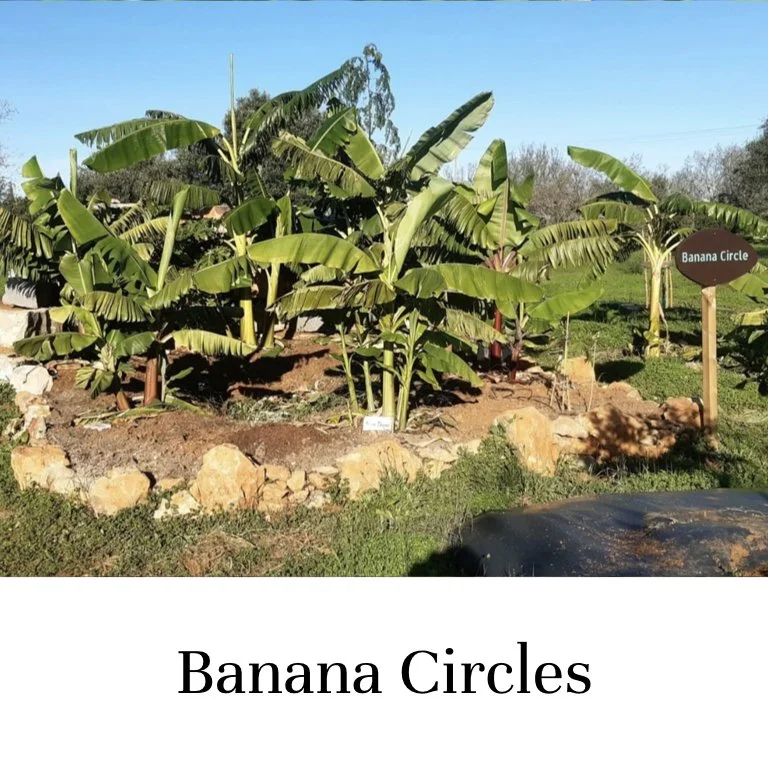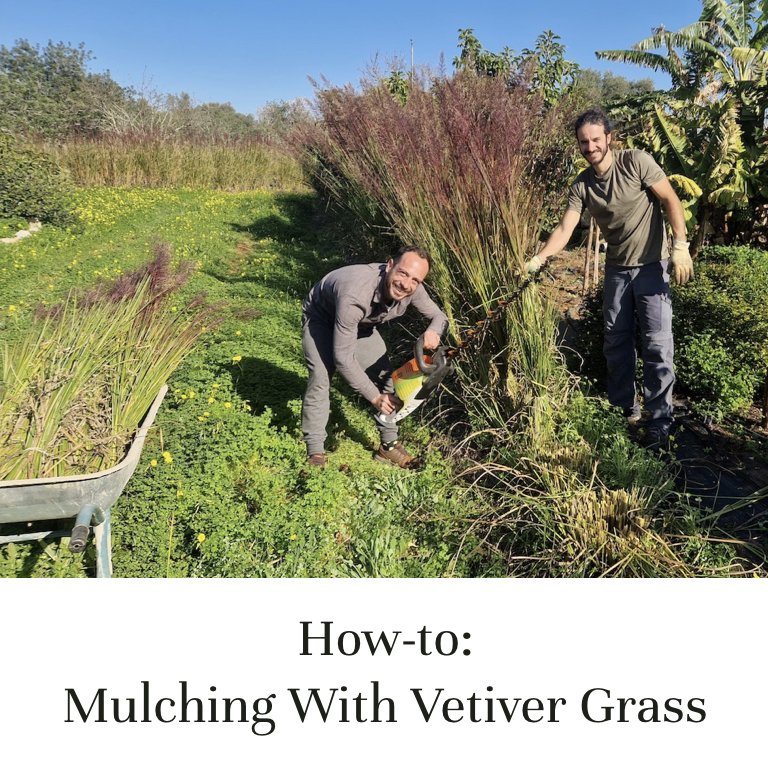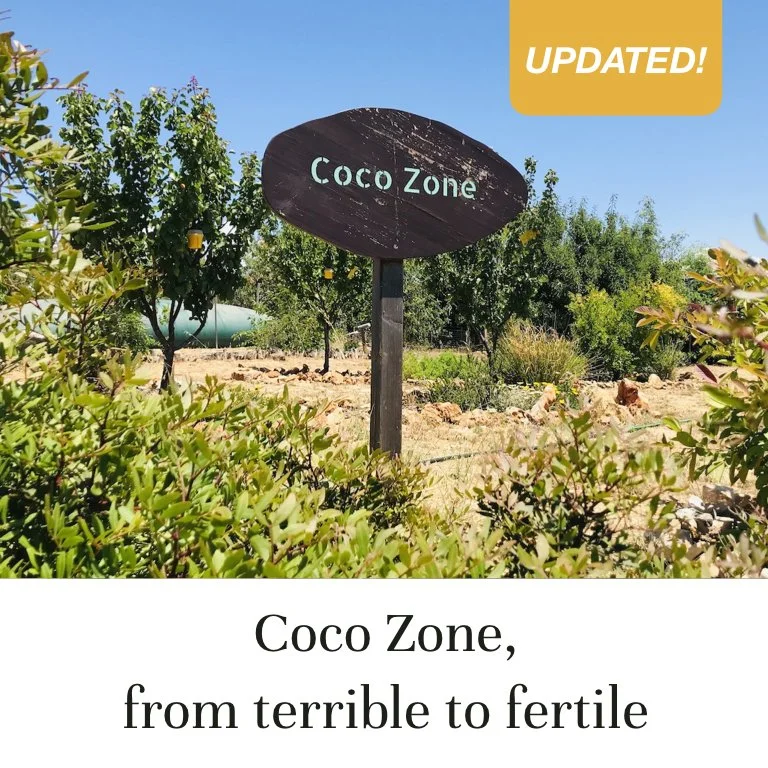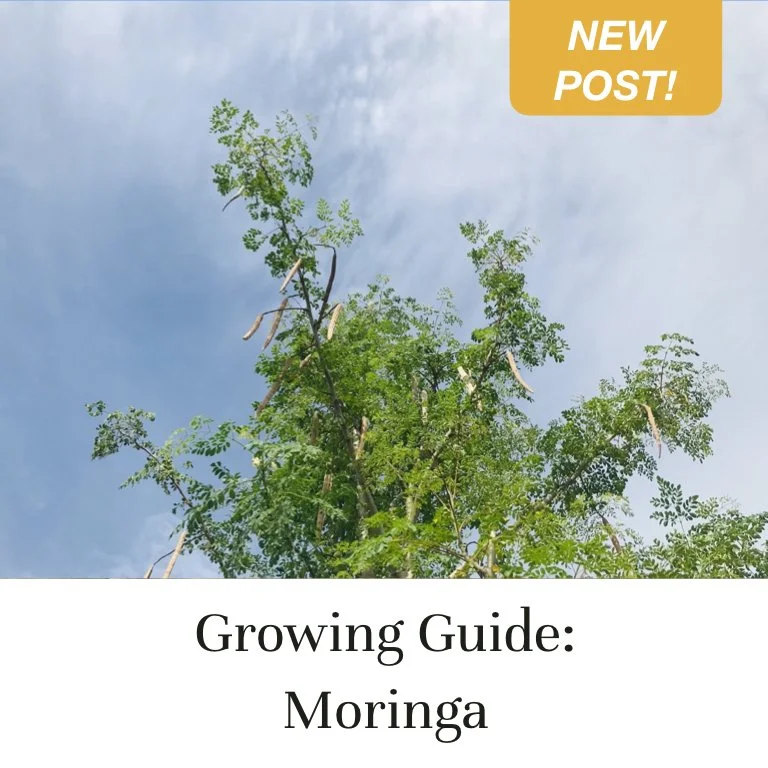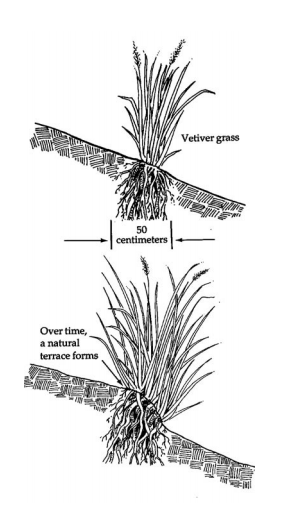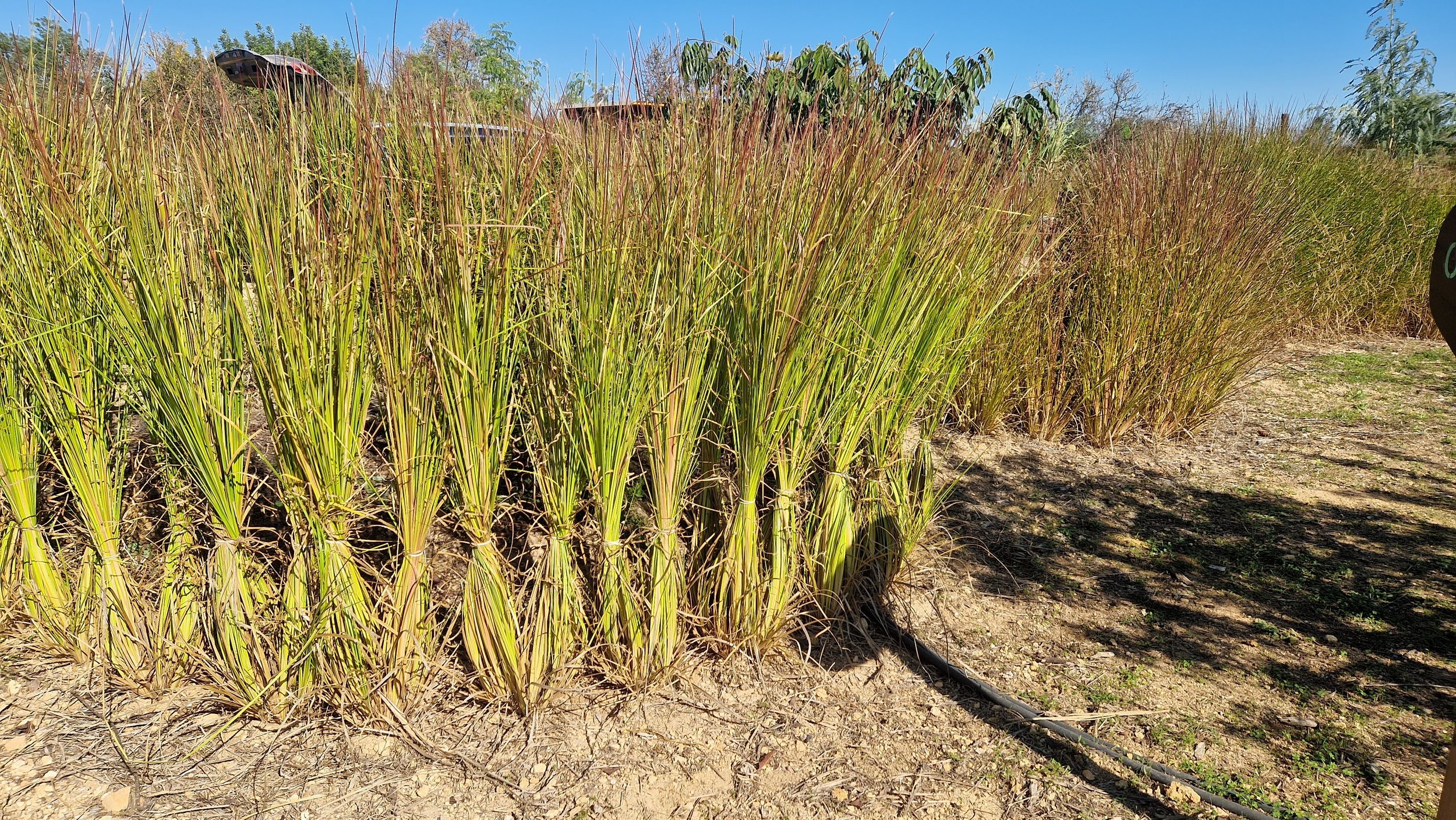Vetiver, a true miracle grass
Vetiver (Chrysopogon zizanioides) is a perennial plant originating in southern India.
The most commonly used genotype “Sunshine” is not invasive because it does not produce fertile seeds (always check that you do not buy an invasive type). Moreover Vetiver does not have stolons or rhizomes and can only be propagated by division. The roots are fibrous, fast growing and can reach depths of 3-4m after one year in optimal conditions.
Incredible Versatility!
All types of soil: vetiver can grow in all types of soils including saline soils. Vetiver grows in soils from pH 4.5 to pH 10.5.
Extreme climatic conditions: vetiver can survive in prolonged drought, flood and temperatures of -15°C to + 55°C. Its growth is limited by frost but it can handle temperatures below freezing for a short period.
Highly drought tolerant: although it can grow in wetland, once established vetiver is very drought tolerant thanks to its deep vertical root system.
Vetiver Roots help control erosion!
Soil erosion is a massive environmental problem. You will see signs of erosion, on almost any land that has been used intensively for growing or grazing. Vetiver may be the most practical solution for controlling soil erosion on a huge scale in many regions, especially the tropics and subtropics! Vetiver roots grow vertically for at least three metres, not only do they bind the soil, but they do not compete with neighbouring crops for water and nutrients.
— this article continues below, please keep reading —
There’s so much to learn about Agroecology and Permaculture!
Make sure to check out some of Orchard of Flavours’ other knowledge articles:
source: Betuco.be
Let Vetiver Build your Terraces
Vetiver can be planted along the contour lines of the land which is a technique called terracing, the vetiver is planted in intervals down the slope decided upon by severity of the slope and erosion characteristics. Over time, the soil will slowly “melt” down the slope covering the vetiver plants and terraces will be formed naturally as the plants continue to develop and stabilise using their strong roots.
Vetiver can of course be planted along the edges of existing terraces to reinforce the banks against collapse!
So many other benefits…
Be sure to check out our article describing an interesting technique for mulching with vetiver grass!
Excellent mulching material: an annual trim is all that is needed to keep a vetiver hedge in good shape. The cut material makes excellent mulch for your garden.
Animal feed: The leaves of vetiver are a useful byproduct to feed cattle, goats, sheep and horses (best if leaves are cut after 1 to 3 months).
Fire break (in some environments): it regrows rapidly after fire, although it is very fire-resistant when green.
Decontaminating land and water: it absorbs dissolved nutrients such as N & P and heavy metals in polluted water or land.
Aromatic oil: the oil extracted from the roots are a key ingredient to most male fragrances.
Food flavoring: the syrup made of the roots (Khus) is used to flavor milkshakes and yogurt drinks like “lassi”.
Handicraft material: dry leaves and roots can be used for making woven baskets or carpets.
Other alleged benefits (not sufficient research done to make it certain though):
Pest deterrent: the oil in vetiver roots also appears to be a deterrent to burrowing rats.
Symbiotic relationships: Vetiver seems to improve the growth and performance of everything it is planted with.
More information on http://www.vetiver.org/
This article was compiled by Miguel COTTON & Jackson KNIGHTS. If you have any questions or suggestions, do not hesitate to contact us. miguel@orchardofflavours.com



